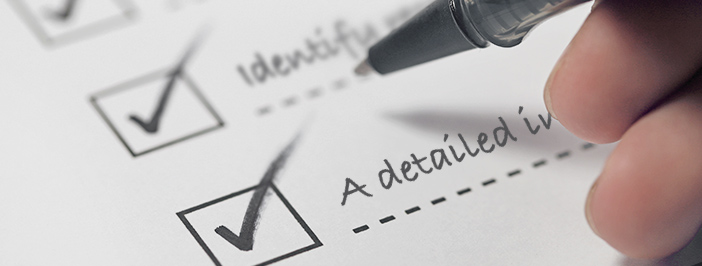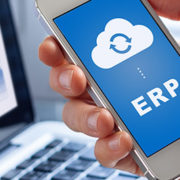The 4 elements of a solid disaster recovery plan
Data loss is something that will affect most businesses at some point. Although it’s wise to have a prevention strategy in place, you also need to embrace the inevitable and create a disaster recovery plan.
The aim of a disaster recovery plan is to mitigate the harms that come with massive data loss. If you’re trying to create one that’s solid, you need to incorporate the following elements:
A detailed inventory
Across the United States, small and medium-sized businesses are set to spend $684 billion on IT in 2021. Most of that expenditure will come from hardware, although that’s set to change in the future.
With that in mind, there’s a chance that your business is doing some serious spending and will continue to do so. As a result, one of the best ways to prepare for a disaster is to have a detailed inventory.
From physical servers and power supply equipment to VoIP and phones, make sure you include it all. Creating a detailed inventory of what you have and how it’s configured gives you a better chance of repairing or replacing it in the event of a disaster.
Identify responses to disasters
Around 98% of organizations say an hour of downtime can cost them $100,000. It’s much easier to waste precious minutes when you haven’t clearly defined your responses to disasters. In contrast, knowing what they are in advance will prevent you from wasting time thinking of solutions.
For example, if you’re aware that IT downtime could bring certain essential processes to a halt, is it worth hosting some of them in the cloud?
In doing so, you could give your employees the chance to work on some processes remotely, which prevents you from losing too much money.
Create a clear outline of roles
According to some statistics, around 57% of employees feel as though they’re not given clear directions. Although that’s easy to rectify during everyday processes, it soon results in a crisis when you’re in the middle of a disaster.
While creating your disaster recovery plan, clearly identify who is going to take on what role. Make sure everyone is familiar with each others’ roles too so there’s no ambiguity about who needs to formulate a response. As a part of this, create a sheet of contact details, roles, and list who may need to communicate with each other.
If you’re going to be really thorough, you’ll also need to assign a person for each crucial role as you don’t want sickness or vacation to impede the success of your disaster recovery plan.
Refresh your disaster recovery plan
Your disaster recovery plan shouldn’t remain inflexible. In addition to personnel changes, technology is a constantly evolving area. You may acquire new equipment and new processes, which means your plan will need updates.
The average employee turnover rate in North America is around 23%. That’s a significant proportion of your workforce, especially when you’re relying on continuity in terms of IT disaster recovery. This doesn’t mean you need to refresh your plan every time someone leaves or joins your business.
Instead, assess the impact of every employee loss or gain on the disaster recovery plan and form an appropriate response. Provide a full refresh only when it’s necessary to do so and focus on educating new team members the rest of the time.
Overall, your disaster recovery plan should exist as a living document. Ensure it evolves as your business does and make sure it contains plenty of detail. Always make sure key stakeholders can pitch in their contributions and you should be able to form a solid plan that minimizes losses.
Need guidance with disaster recovery planning?
If you’d like a second pair of experienced eyes on your disaster recovery plan, you can always count on the AppSolute team. Contact us today and we can help ensure your plan is airtight – and we can even help you create one from scratch.












